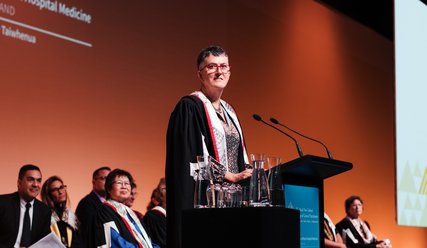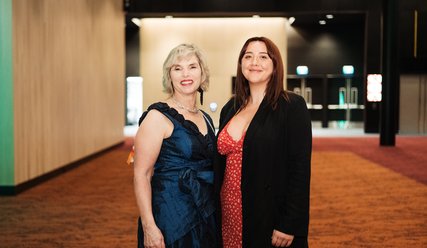‘Your work counts’: How GPs can better demonstrate the importance of their role
A common misconception is the GP’s job consists only of sitting in our clinics seeing patients. People do not see all the follow-up – the paperwork, referrals, conversations with other health providers and services – that go into each patient’s health journey.
When you think about how many patients we each have on our books, all of this unseen but vitally important works starts to add up quickly and take up more and more of our time.
Te Rangahau Ohu Mahi The Workforce Survey 2022: Overview Report, released by the college in May, is based on responses from 72 per cent of our membership (3488 people). The survey asked about the hours per week that GPs are actually employed in general practice. GPs were asked to include both the patient-facing and nonpatient-facing time.
The results showed that, on average, GPs are spending 24.4 hours consulting with patients a week, and the non-patient-facing activities such as paperwork, teaching, practice management and on-call work take up 11.5 hours a week, totalling 35.9 hours a week. The 2020 survey results were 34.8 hours a week.
At last month’s GP23: the Conference for General Practice, we launched our project “Your work counts”. Hopefully every GP attendee picked up one of our badges.
The aim of the project is to investigate how much work GPs and rural hospital doctors are really doing, what a reasonable 40-hour week looks like, and what is a safe GP-to-patient ratio.
As GPs, we know that our work encompasses so much more than just seeing patients. Over the years our consultations have evolved to include different ways of consulting with our patients – as well as the traditional face-to-face consults, we now provide consults via phone, video, electronic and other messaging platforms.
There is also significant non-contact clinical work, practice improvement, clinical governance, liaising with our multidisciplinary teams, after-hours, teaching, training and continuing medical education.
The college asked members who attended GP23 to visit our stand and add their data to an interactive graph. This consisted of putting a numbered white dot on a giant graph to represent how many hours they are currently working each week, regardless of how many they are paid for, and how many patients are registered to them. They were then to add a numbered yellow dot to represent how many hours they would work if they were paid for all the hours they worked, and how many patients they thought they could have registered to them.
Some GPs are happy with the hours they are doing and the patient numbers they have, but the consensus from everybody who took part in this exercise was that, put simply, specialist GPs and rural hospital doctors want to be paid fairly for all the work they do.
Common feedback was that, if paid fairly, many would be able to reduce the hours they work in the evenings and on weekends catching up on their essential noncontact work.
College advocacy on this topic has been ongoing for many years and recommendations have included:
- Fellowship in general practice should come with an increase in remuneration – as it does for every other medical specialty.
- GPs should be funded for non-contact clinical time in line with other senior medical officers. This time could be spent on patient administration and follow-up.
- Specialist GPs and rural hospital doctors should be financially supported to receive professional supervision and/or support to address the high levels of burnout and stress.
- Continuous professional development training costs should also be paid to specialist GPs and rural hospital doctors in the same way as hospital-based specialists.
The second activity was asking GPs how they spend their time so we can start to illustrate all the different tasks that GPs do.
To date, results show only 55 per cent of our time is spent doing consultations. This is important because that consultation time is often what is used as the basis for GP remuneration and patient allocation with relation to workforce planning.
The college is doing this work because we want to better understand GPs’ actual workloads and how they have evolved over time. When we have the opportunity to provide feedback on capitation and funding models, we will have up-to-date, accurate data showcasing the amount of work that we are providing, and the value of that work, in our communities every day.
Having this information provides us with a blueprint of what a true full-time equivalent looks like and we can implement this model and ensure that each practice has what it needs to serve its population, while noting the differences between practices, practitioners and communities is varied, but still is essential and valued.
Our plan for this project is to collect as much data as possible, using the results in our communications with the wider membership, other general practice organisations, the sector and government through our policy and advocacy work.
I encourage you to watch out for updates in ePulse and other college communications and to get involved and have your say. The more contributions we have, the more likely we will be to have the most accurate and validated dataset to present.
Published on NZ Doctor on Wednesday 30 August


